How to Double or Cut a Recipe in Half (with free printable!)
This post may contain affiliate links. If you purchase through links on our site, we may earn a commission.
When I was first married I loved trying new recipes that I thought my husband would like. (Ahh I love remembering the sweet newlywed time!) More often than not we didn’t need as much food for just the two of us that the recipes called for. I often halved the recipe in order to reduce leftovers.
Now, 11 years later I have the opposite problem-I need to double recipes in order to keep up with the appetites of our three growing boys! While it’s easier to double measurements than half them, I thought I’d make a handy printable recipe chart for you-I hang mine inside one of my cabinet doors so I can easily reference it when cooking. I hope it helps you as much as it’s helped me!

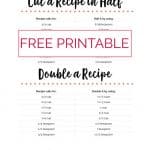
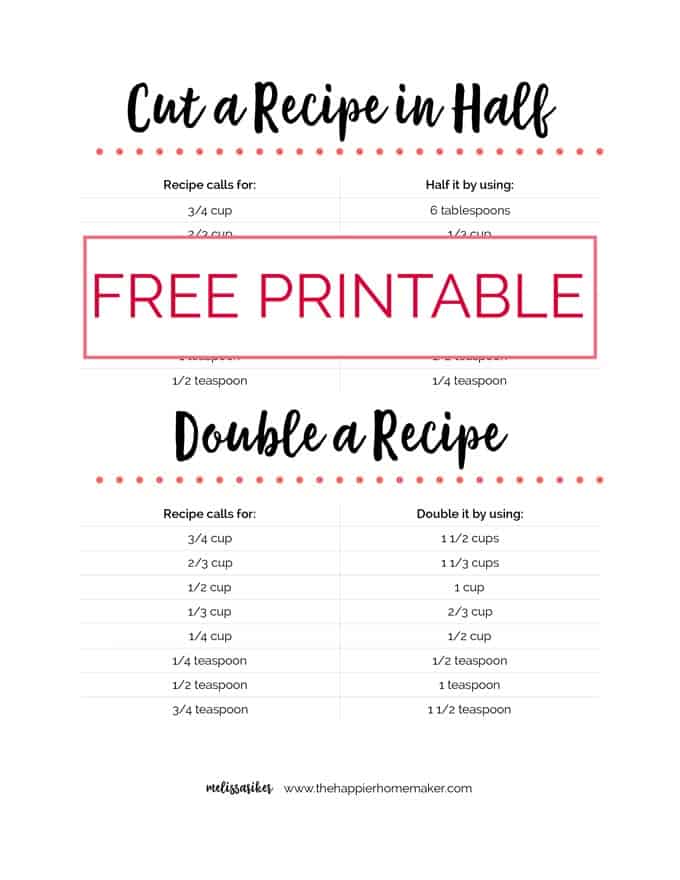

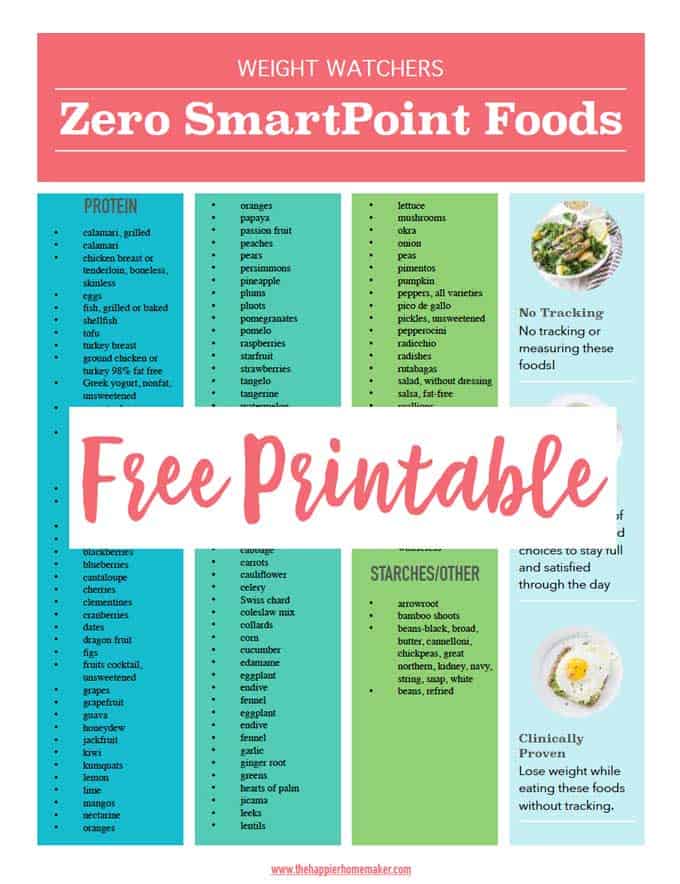
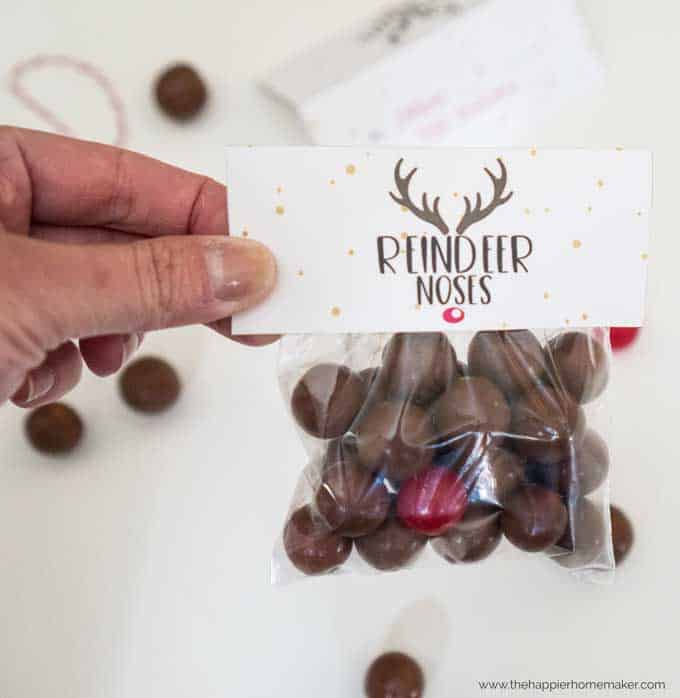
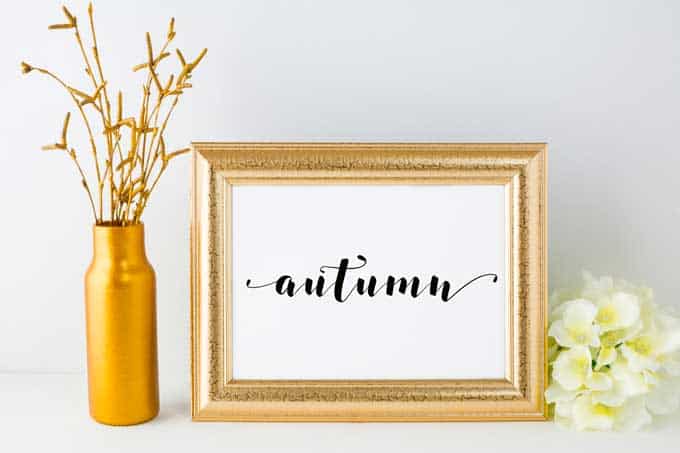
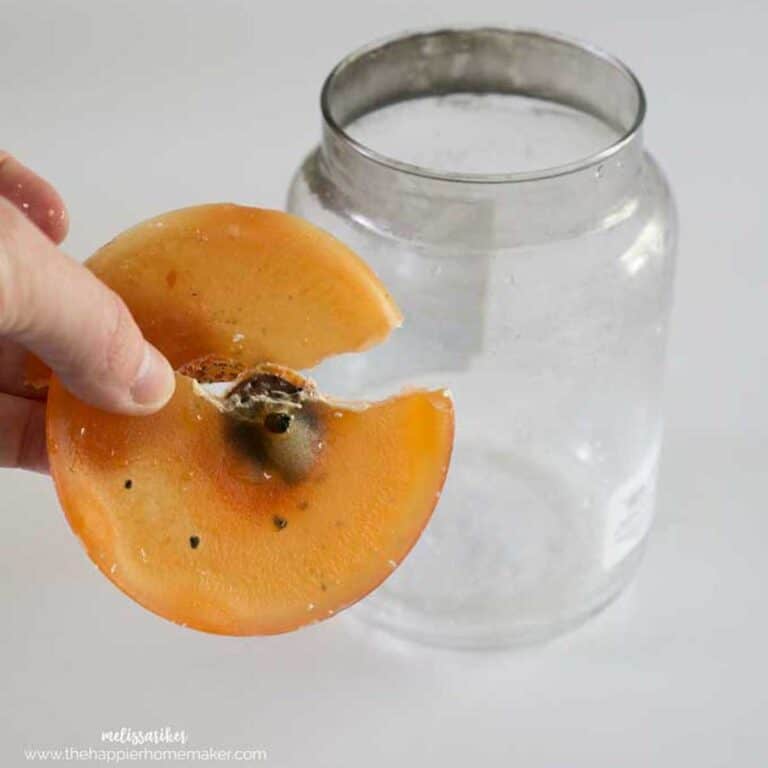
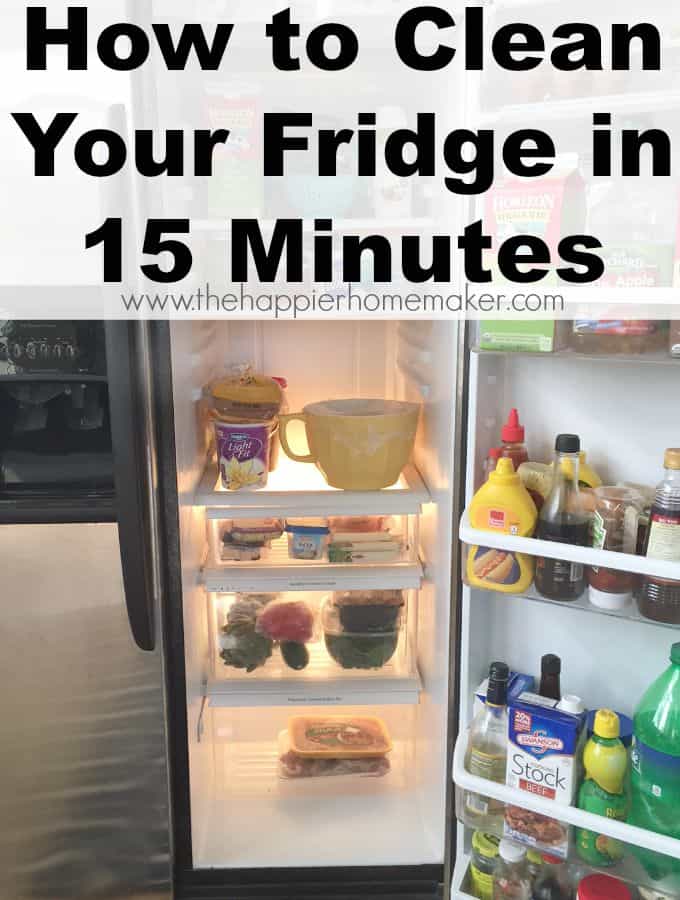
if i am making pickled beets but only have half the beets called for should i still make the liquid full strength or cut the ingredients in half?
I’m probably wrong, just wondering if 3/4 c. should be 1 1/3 c ? And 2/3 c. Should be 1 1/2 c. ?
Thank you for the printable version of the measurements for cutting recipes in half, as well as doubling. My family is smaller now and we get tired of eating leftovers for ever. This should help with that.
Glad it could help Creshia! ~Melissa